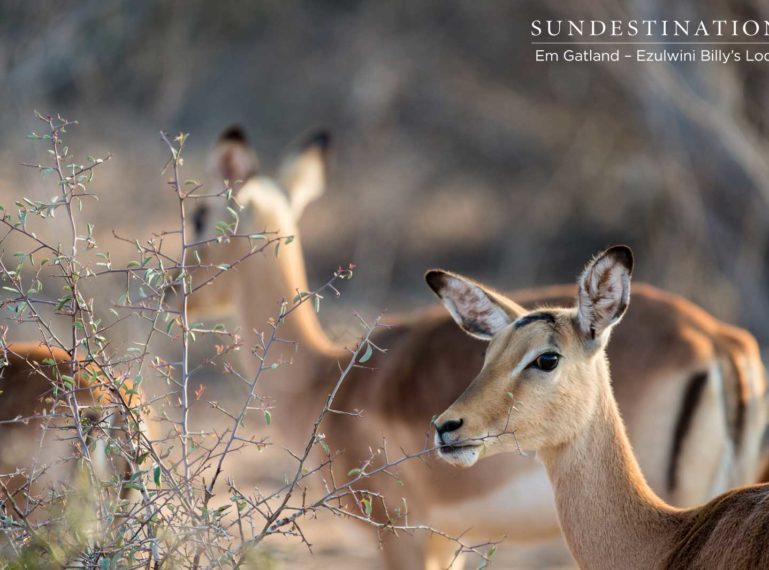
The grazers and the browsers of the Balule Nature Reserve form an integral part of the delicate eco-system of the Kruger. The graceful antelope are often overlooked in favour of larger game, but the role of these even-toed ungulates in reserves is paramount to its success. Antelope are ruminants and use their lower incisors to bite grass, leaves and stems – their herbivore way of life certainly helps to keep the bushveld well-manicured! There are at least 21 species of antelope found within Kruger, with the most common species being the impala.
Antelope are either grazers, browsers or both. The browsers gain most of their daily moisture content from leaves and are thus less dependent on water intake than grazers which need to drink every couple of days. Graceful, gentle and poised, the Balule’s antelope species are more than just food for predators.
Here are a few facts about our more commonly spotted antelope:
Impala
The chickens of the bushveld! Arguably the most commonly spotted species, the impala is part grazer and part browser. Impala live in single-sex herds – ewes have often been seen in herds of up to 100, while bachelors live in smaller herds. Impala often alarm call when there is danger about, alerting other antelope and smaller creatures of the presence of carnivorous predators. Guests on game drive with Ezulwini Lodges are always rewarded with an abundance of impala sightings.
Here are 3 facts about impala:
- Impala give birth midday to avoid their newborn being snapped up by predators that are normally active at night. A pregnant impala can actually delay the birth if the conditions are unfavourable!
- When confronted by a large predator, impala will scatter in many different directions. This confuses the predator who cannot focus on a single target with all the helter skelter happening.
- Impala actually need to drink daily and will use the heat of the midday to approach waterholes. This is when the big cats are lethargic and prove to be less of a threat.
Waterbuck
Waterbuck are, as their name suggests, water dwelling antelope. Ezulwini River Lodge is located on the banks of the river, which means there are plenty of sightings of this species with its intricate markings. Although the waterbuck has many big cat predators, they’re not a favourite meal. Their waterproofing secretions make the meat take on an awful odour.
Here are 3 facts about waterbuck:
- They drink water daily and prefer to feed on grasses nestled on the banks of rivers. They eat the greens and grasses that other antelope don’t normally enjoy.
- The waterbuck has a shaggy coat and only the males have horns. They’re easily identifiable by the white ring on their rump. They call this the ring from the toilet seat!
- Females live in small herds with young males and the older bachelors live a solitary lifestyle.
Kudu
Kudu are the most majestic and graceful of the Kruger antelope. Notoriously skittish and exceptionally alert, kudus are one of the best antelope to see while on safari. Kudu can jump up to 3 metres high and they’re incredibly agile, which is useful when outrunning predators.
Here are 3 facts about kudu:
- Bulls live a solitary lifestyle or form loose associations with other bulls. Females travel in related herds of other females and their offspring.
- Kudus can actually survive long periods of time without water. Most of their moisture content is gained from wild fruits and nutritious vegetation.
- Kudus actually only for up to 7 years in the wild.
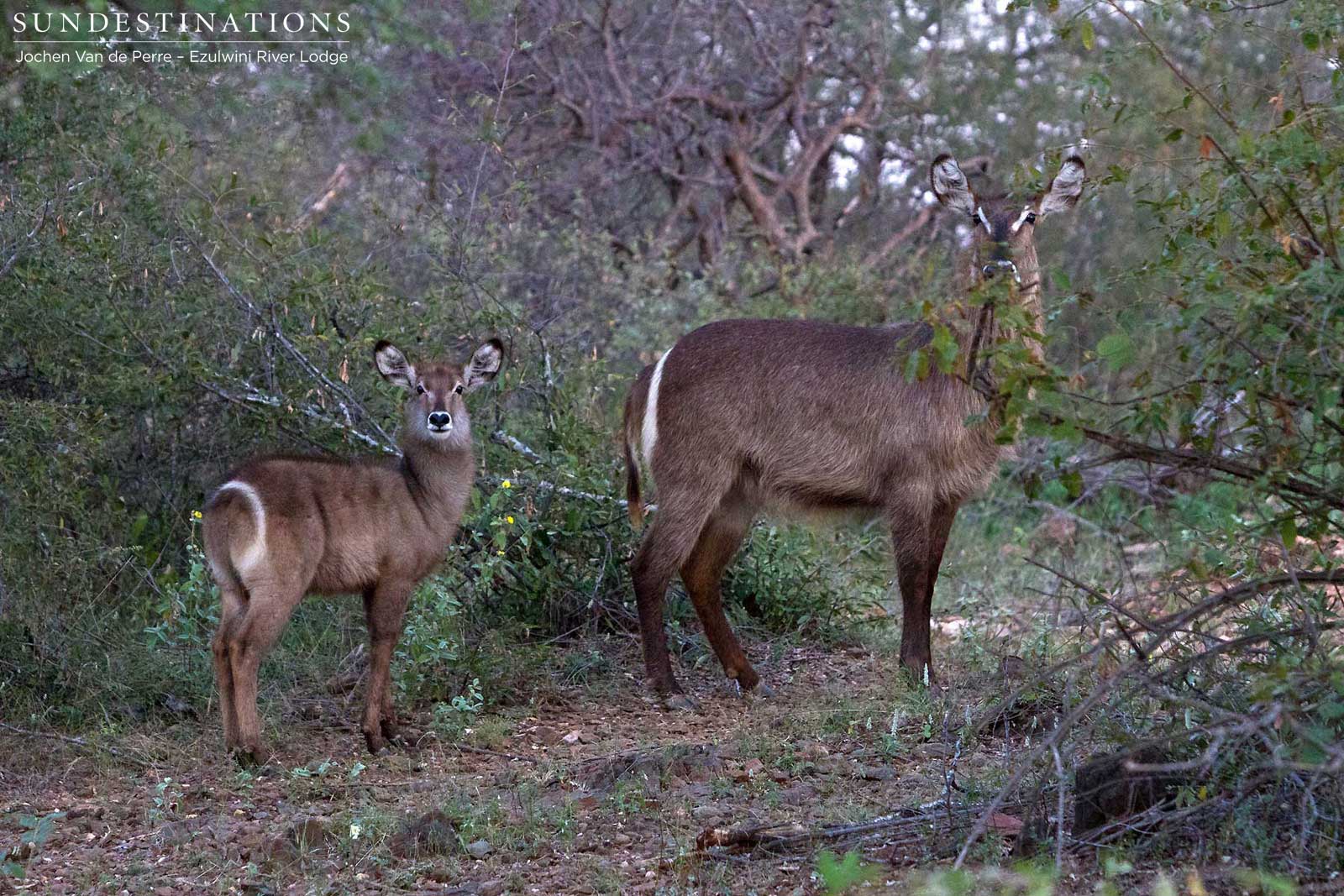
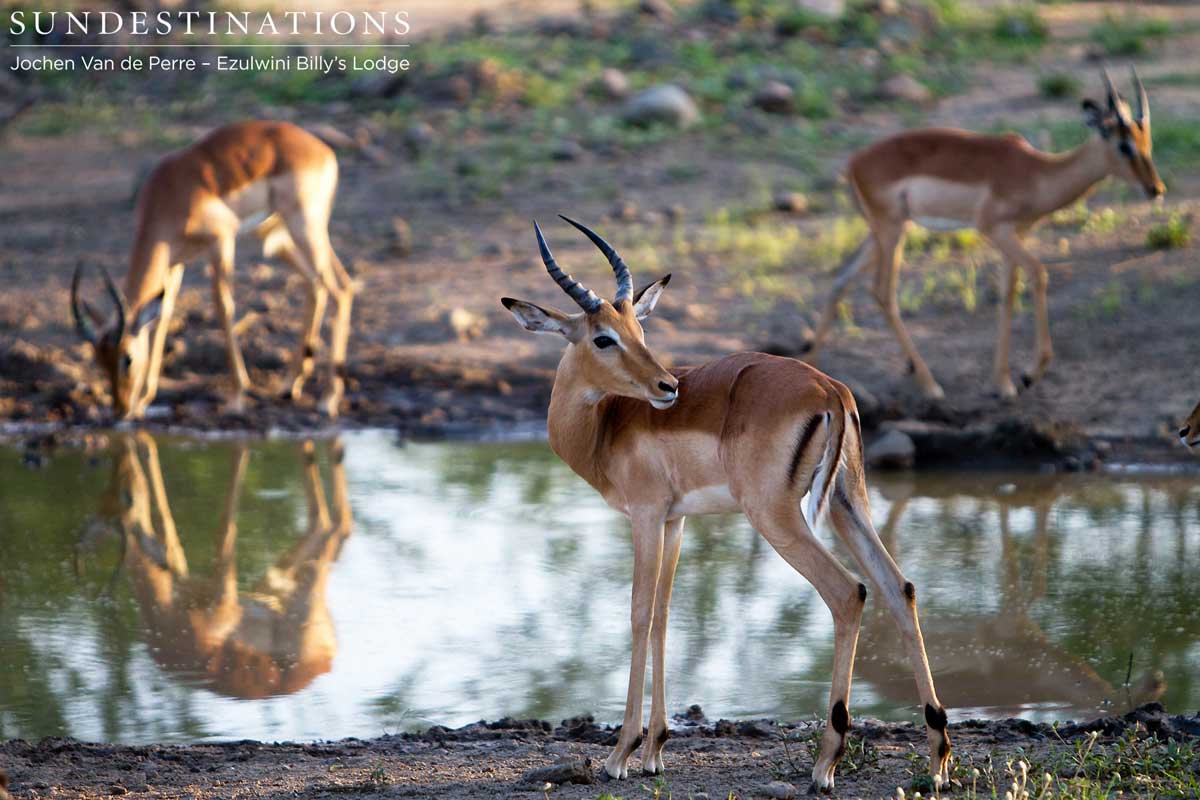

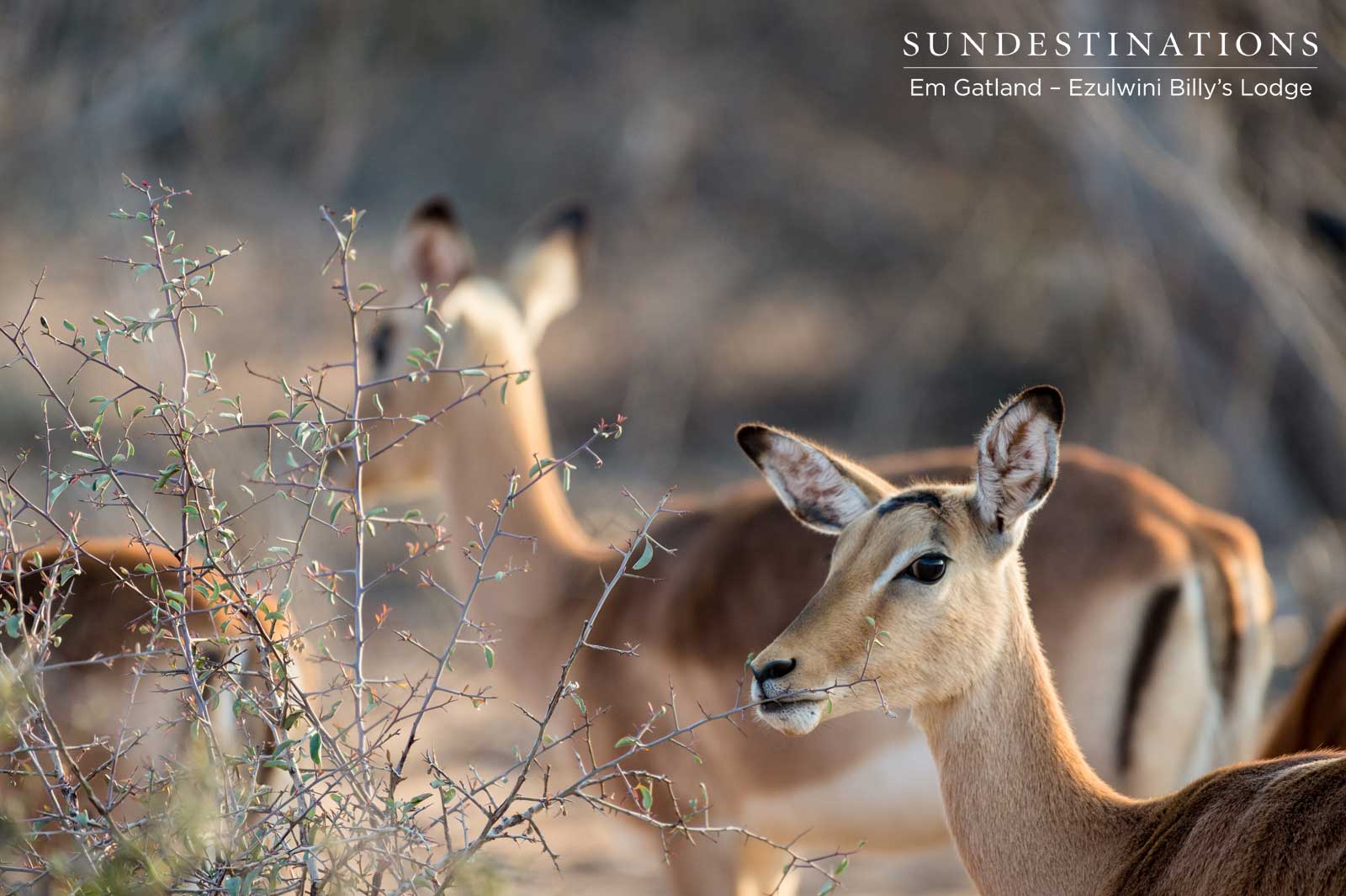
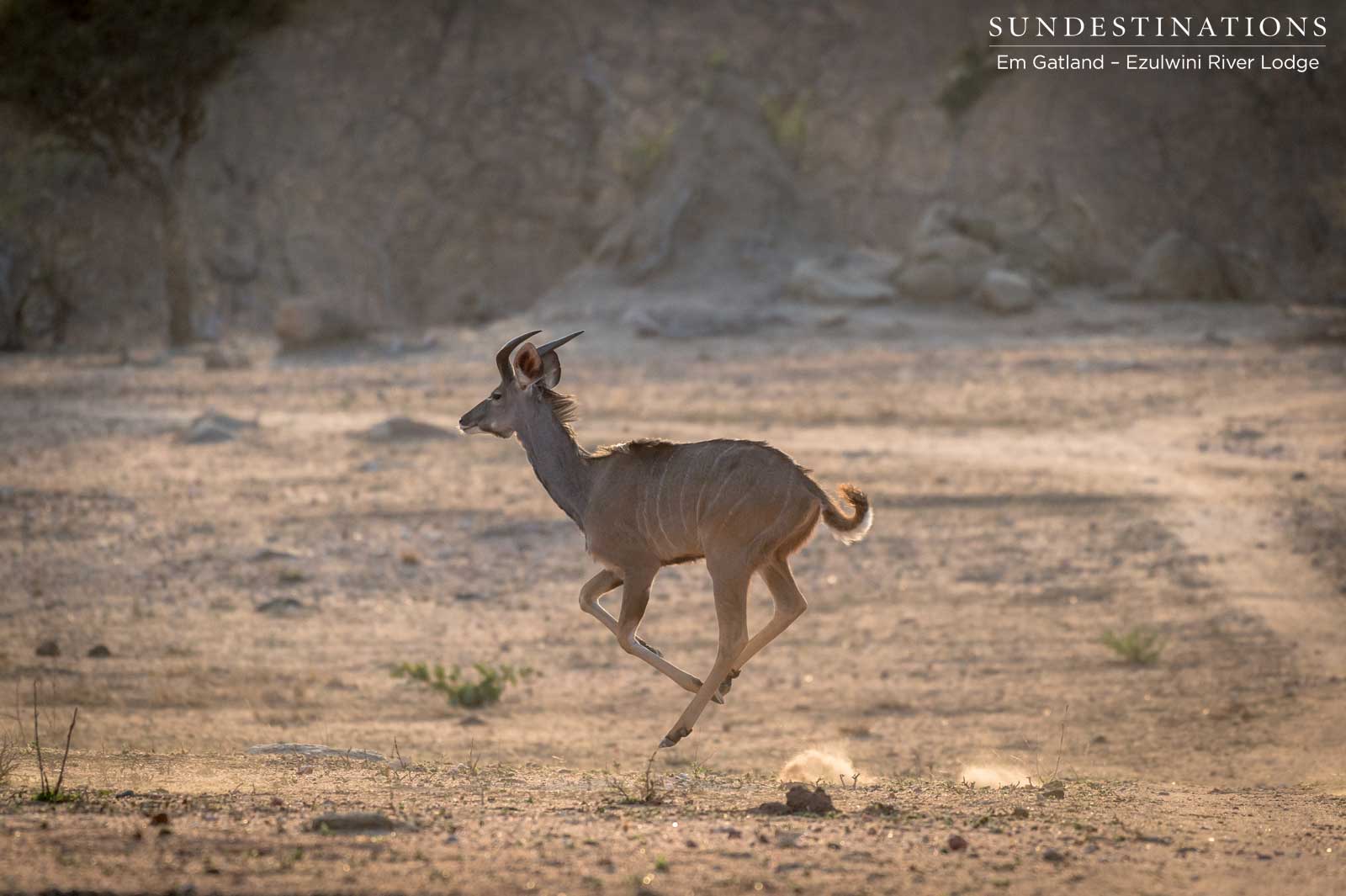


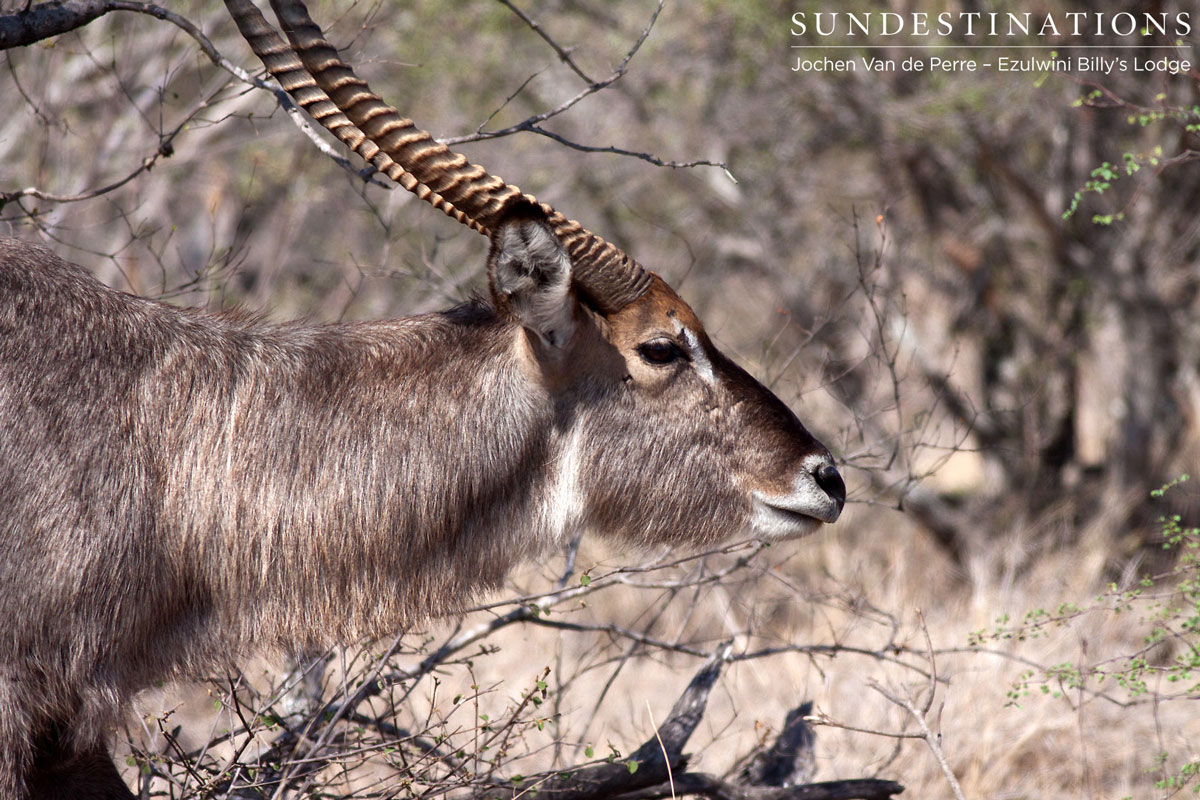
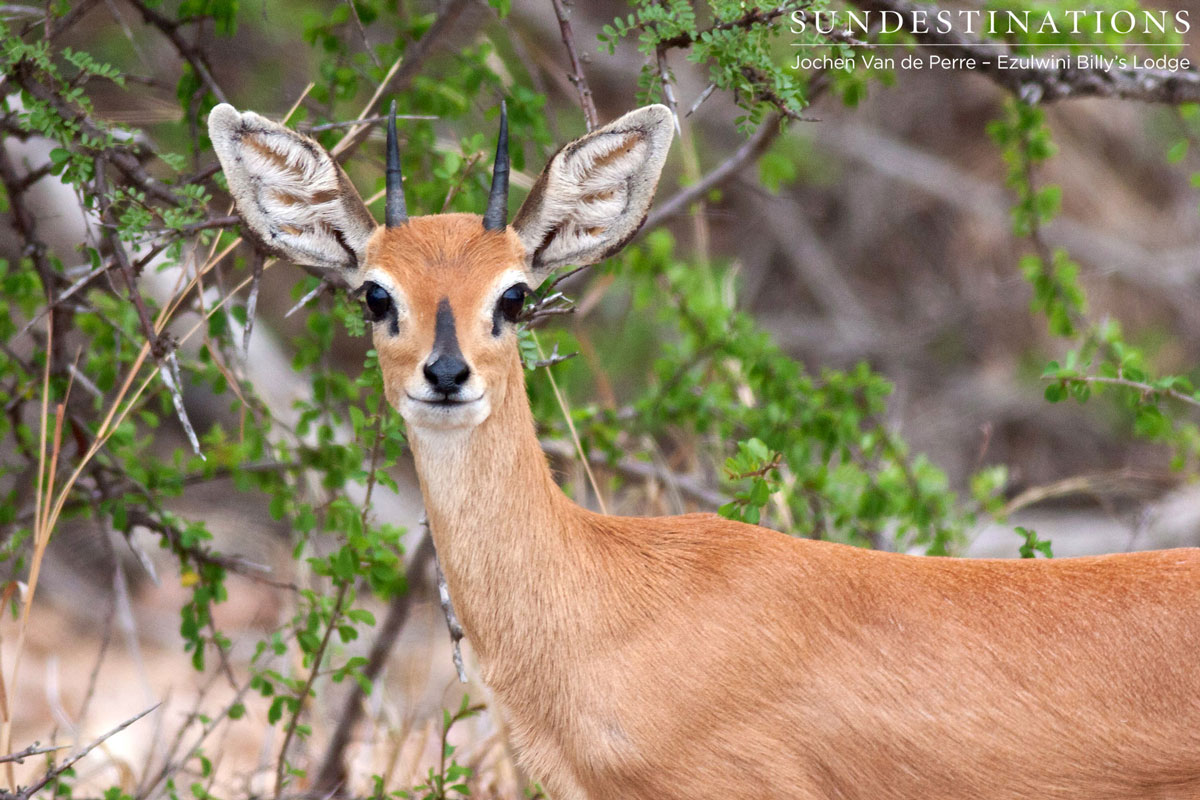
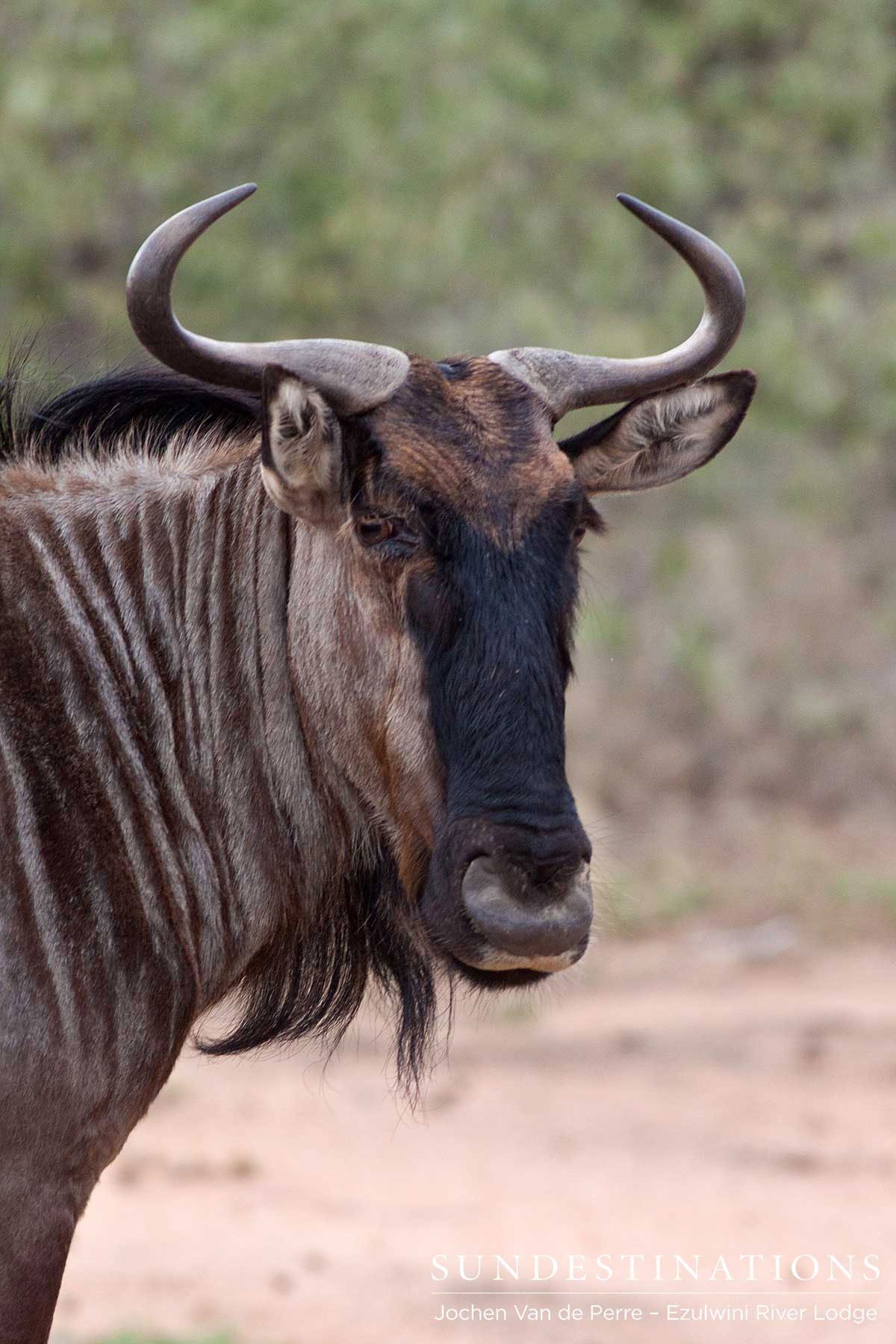

Leave a Comment